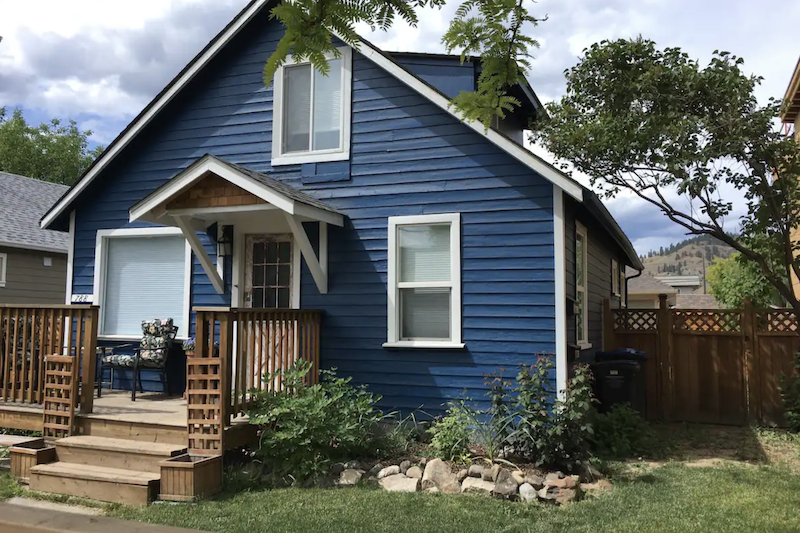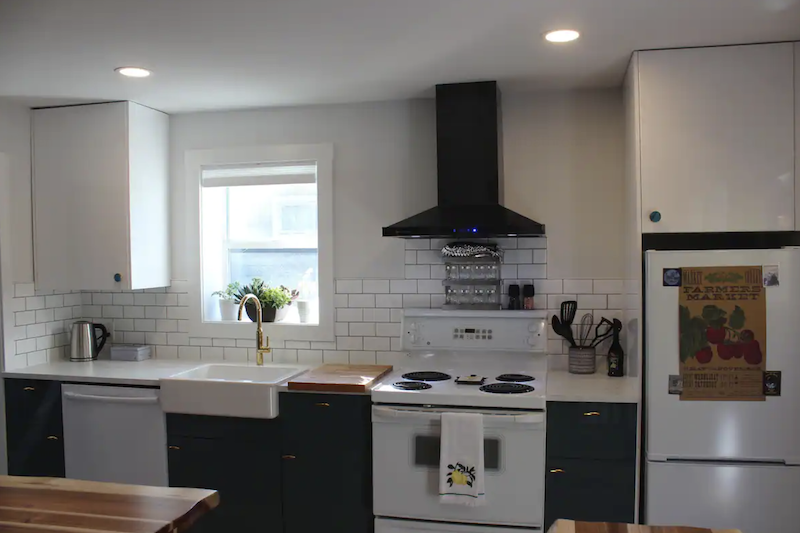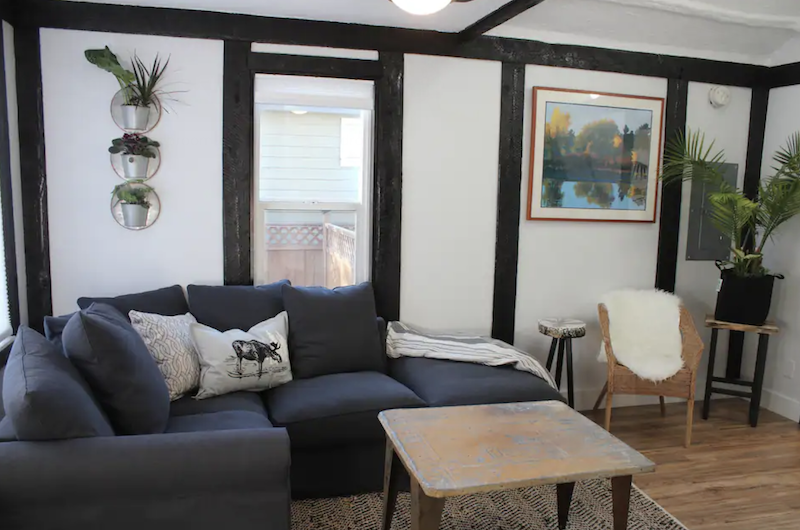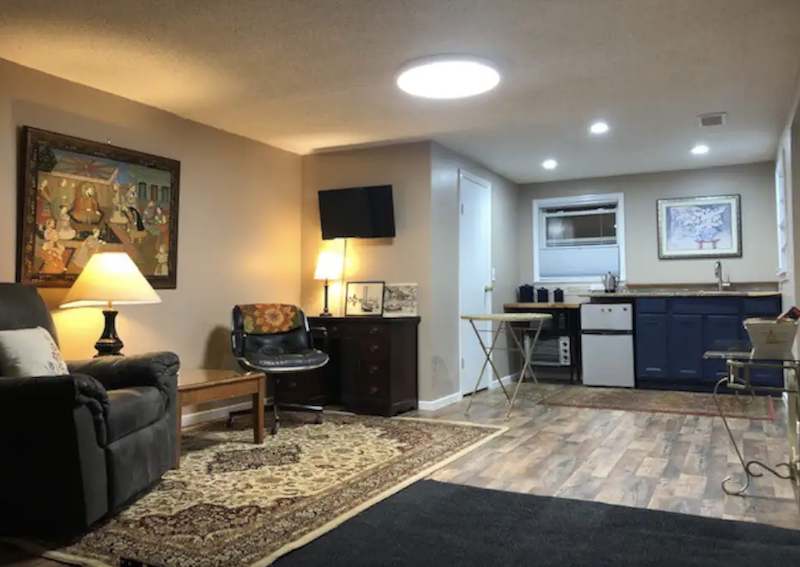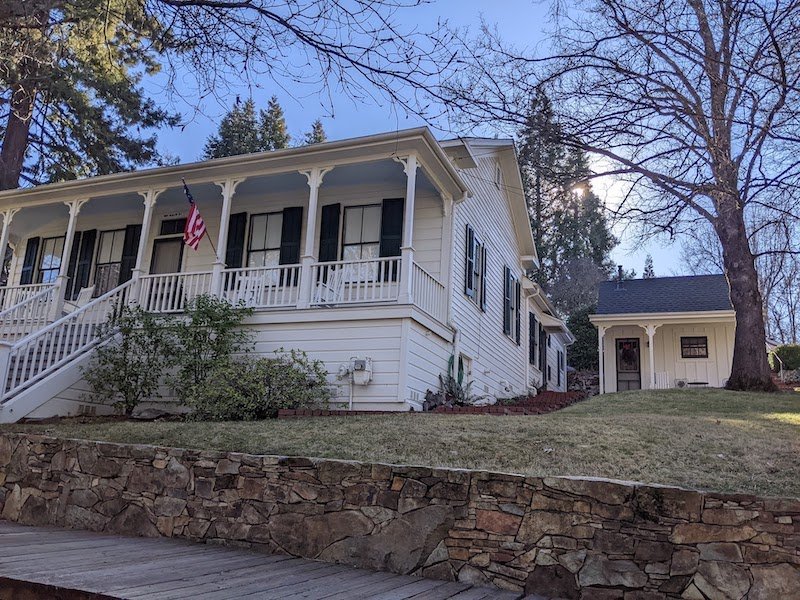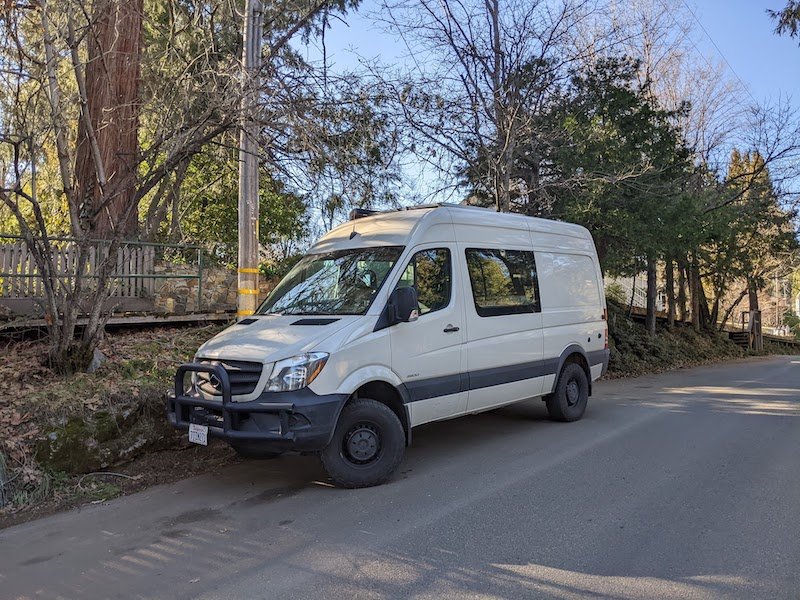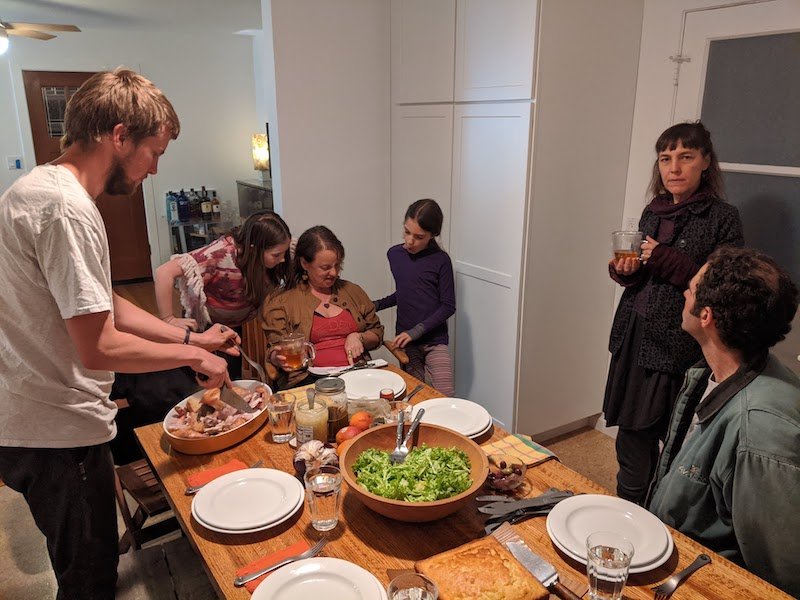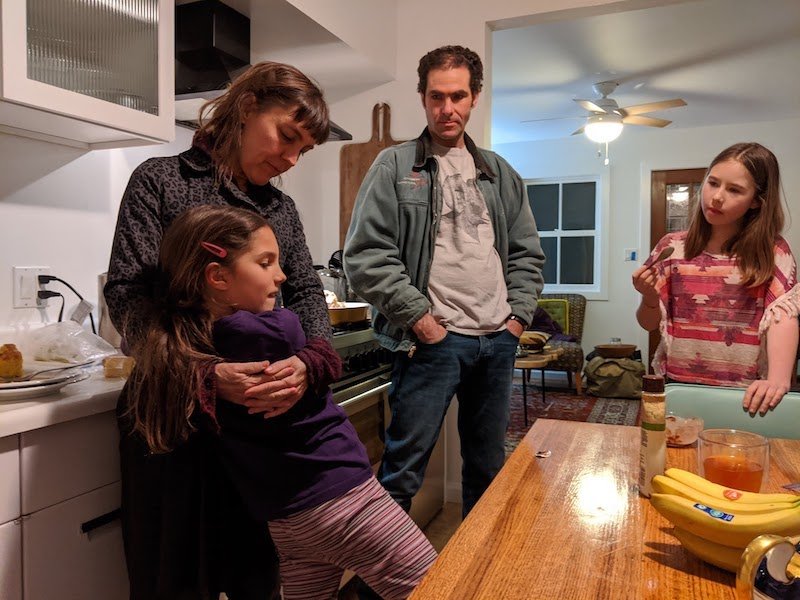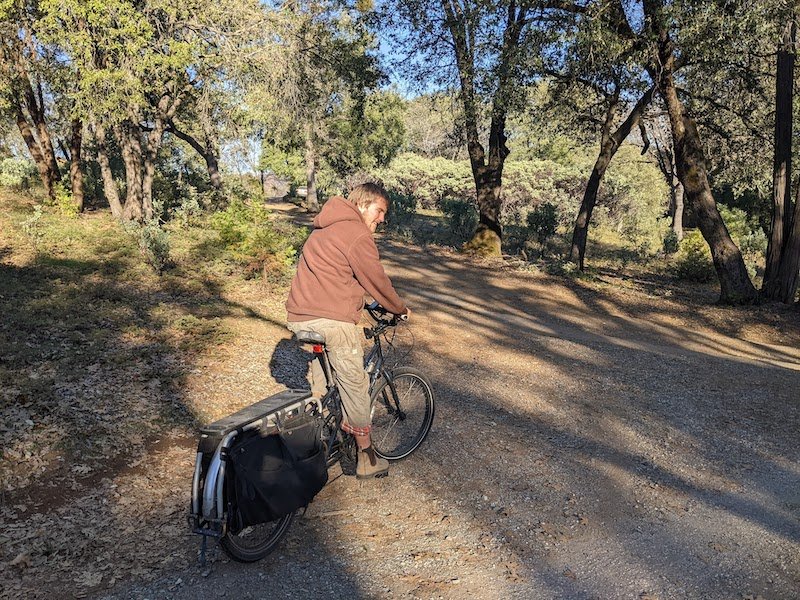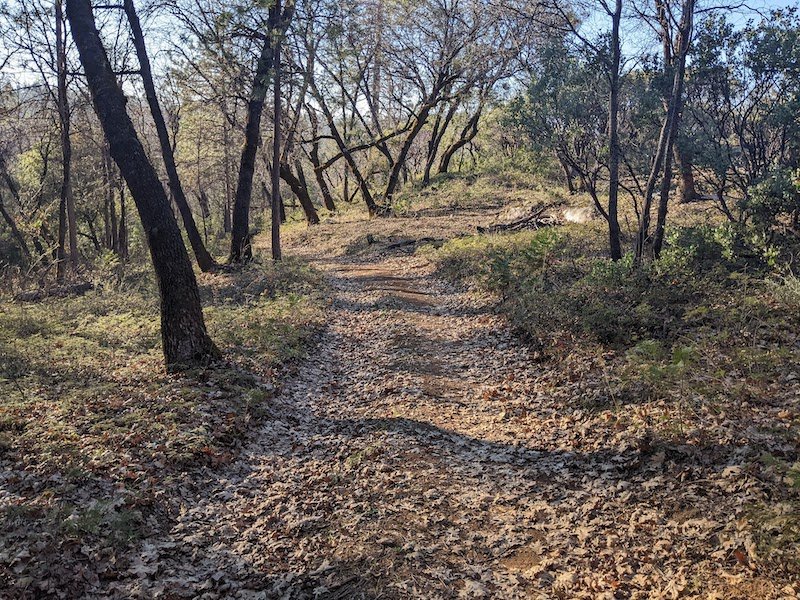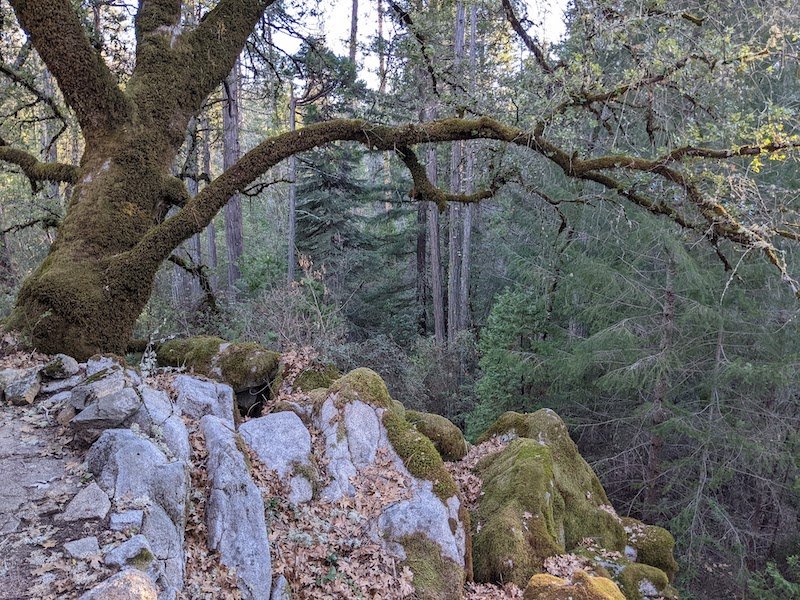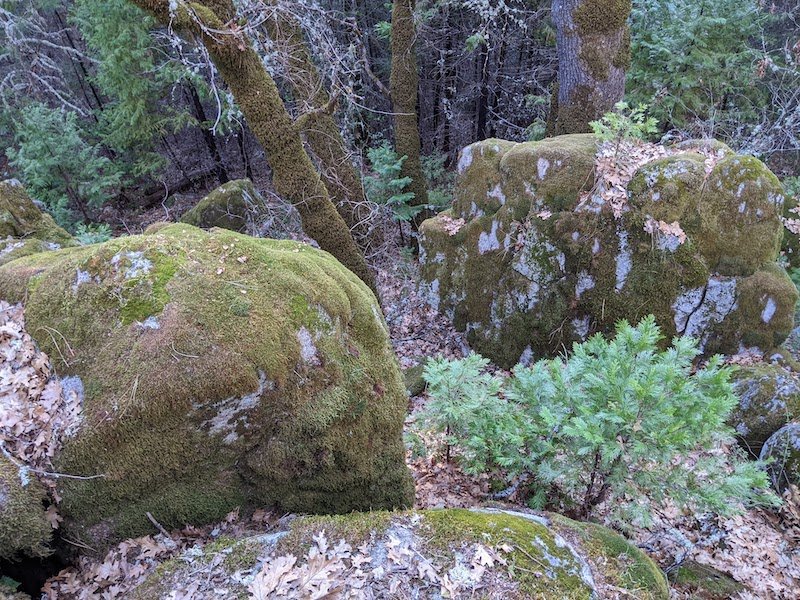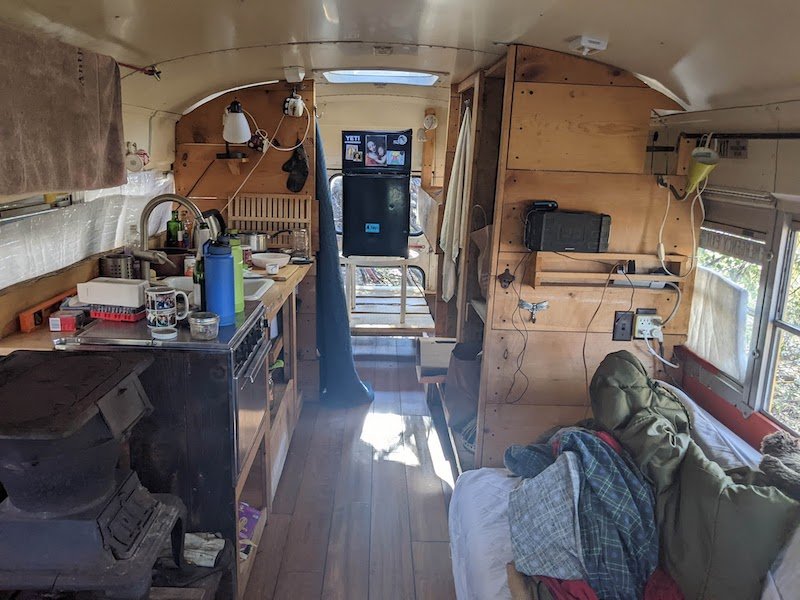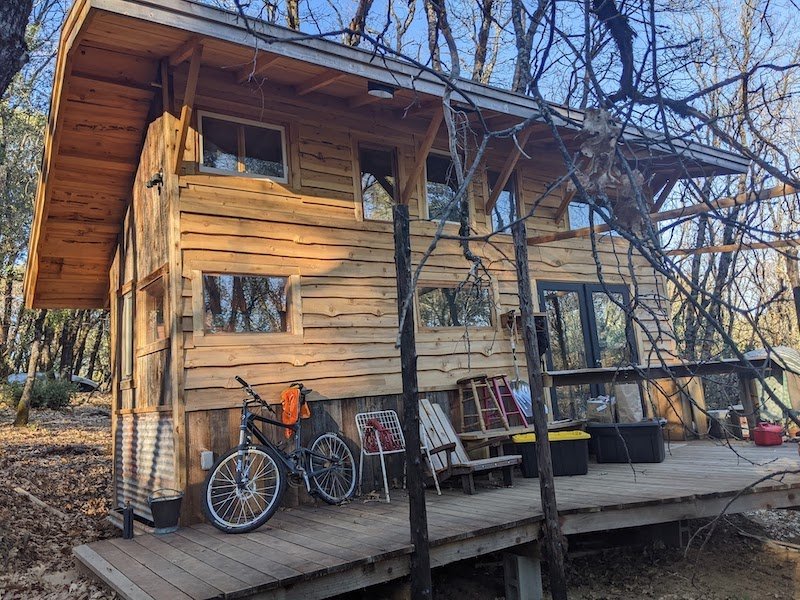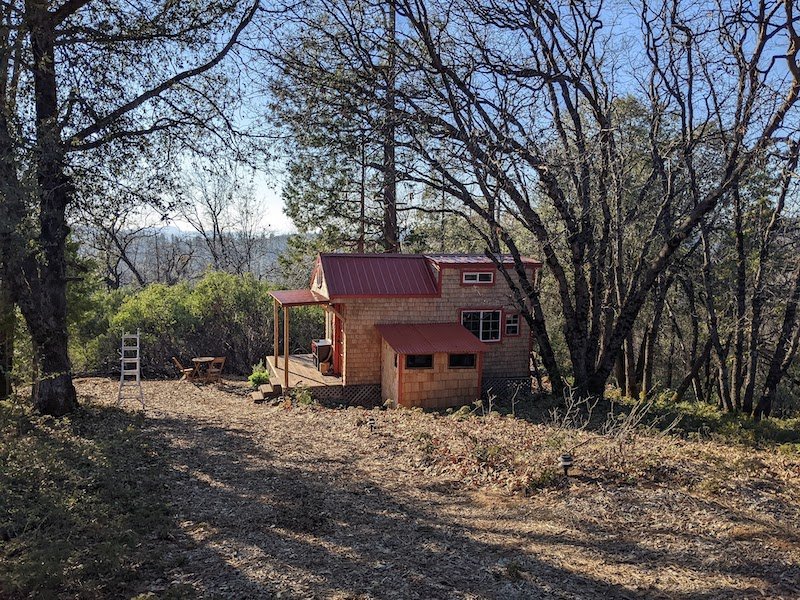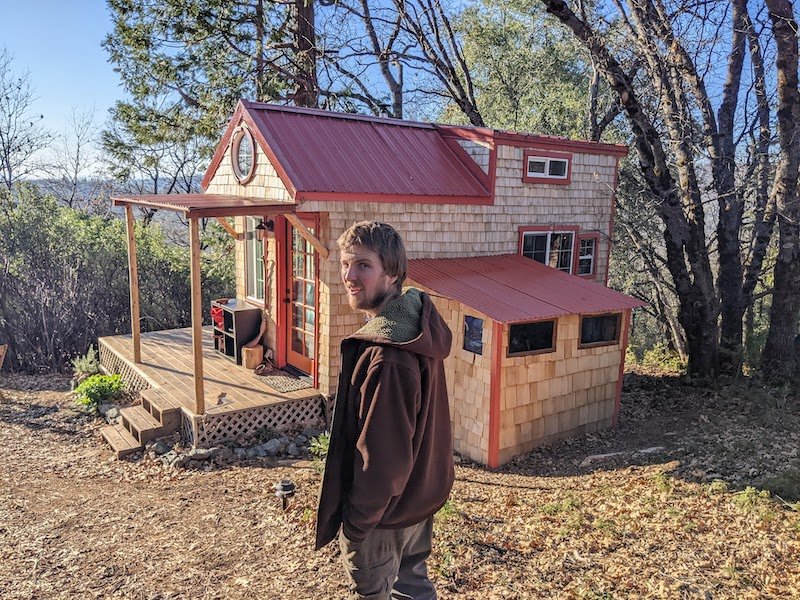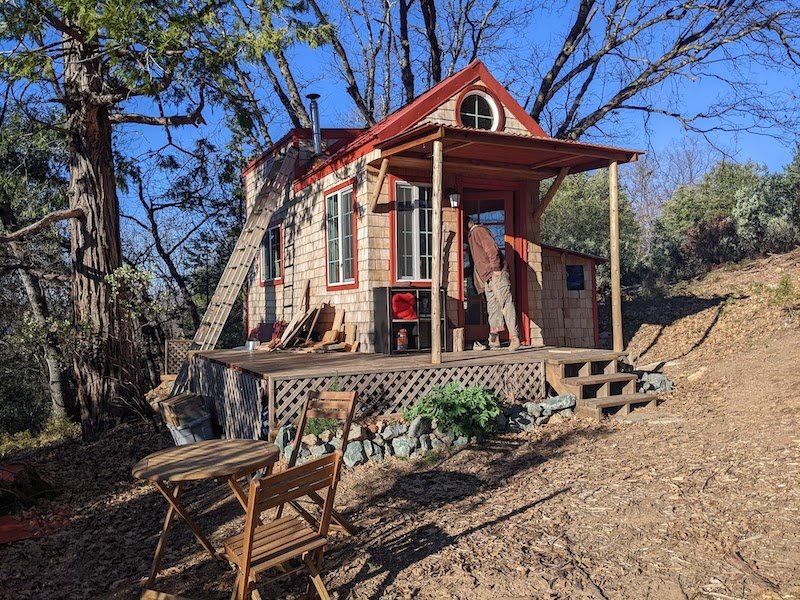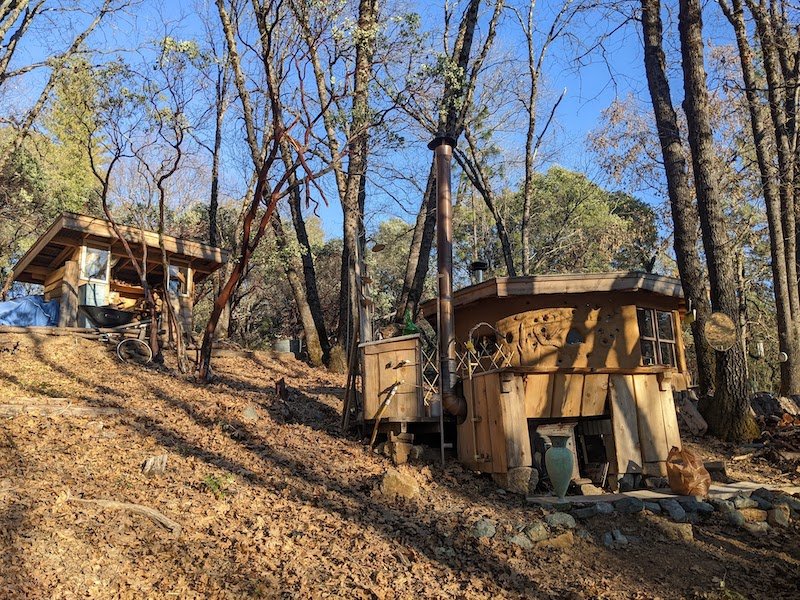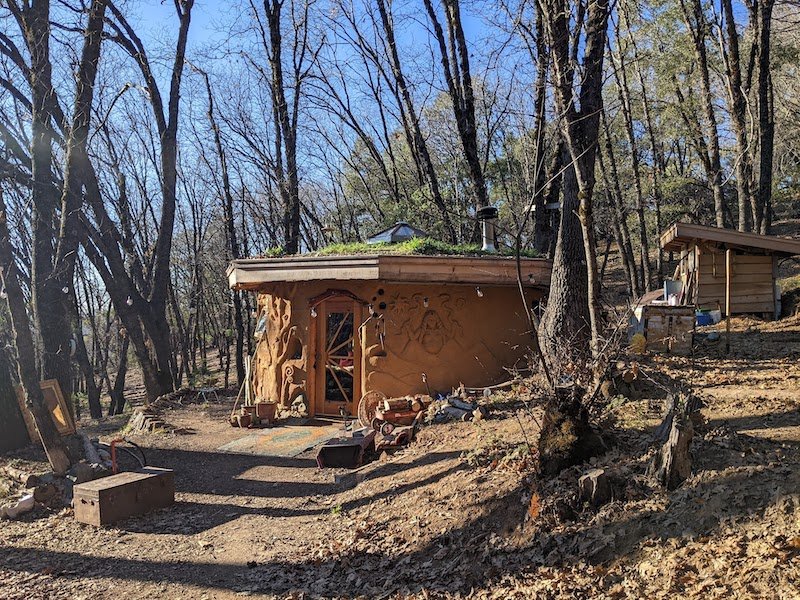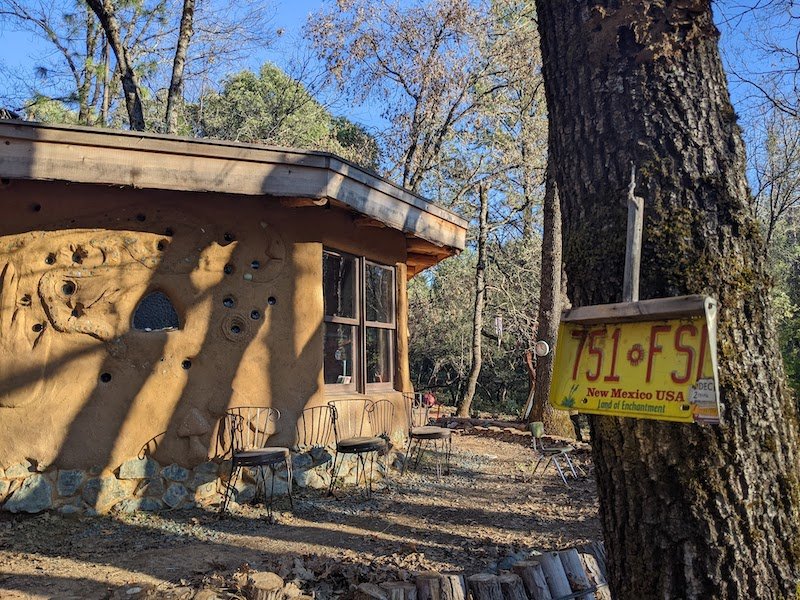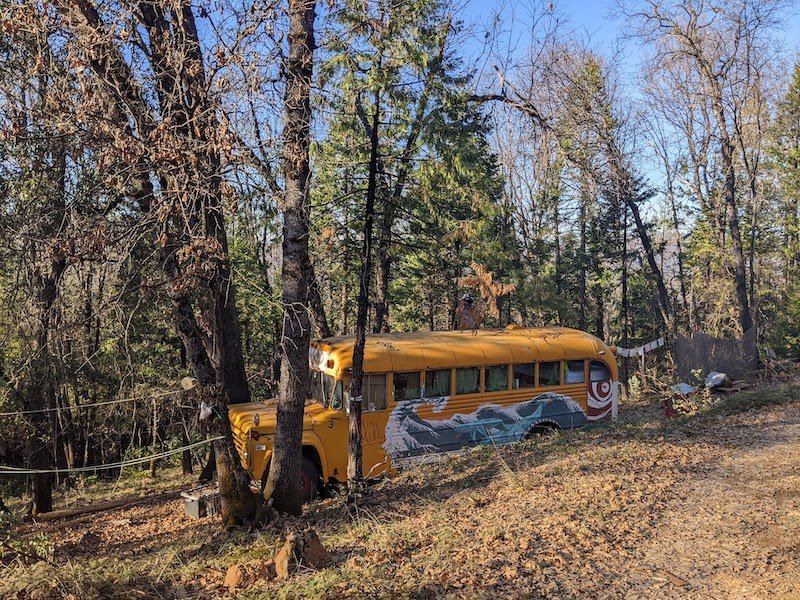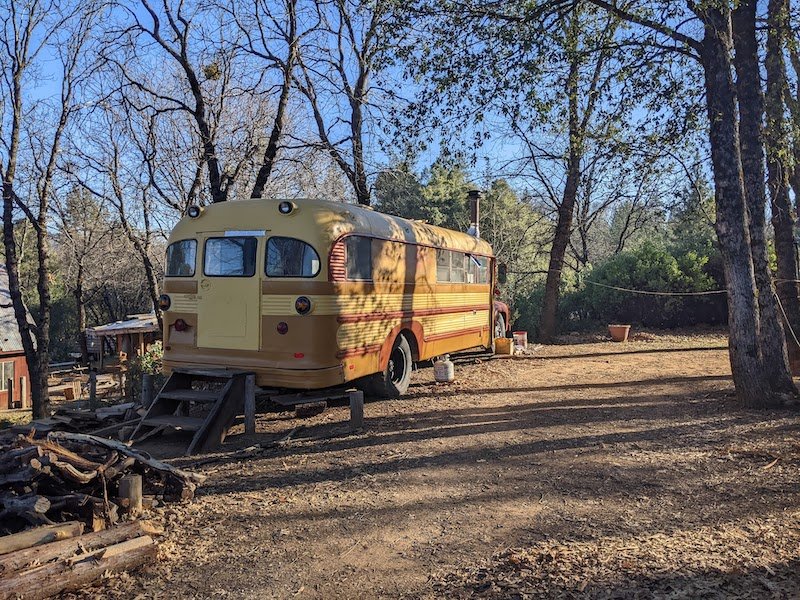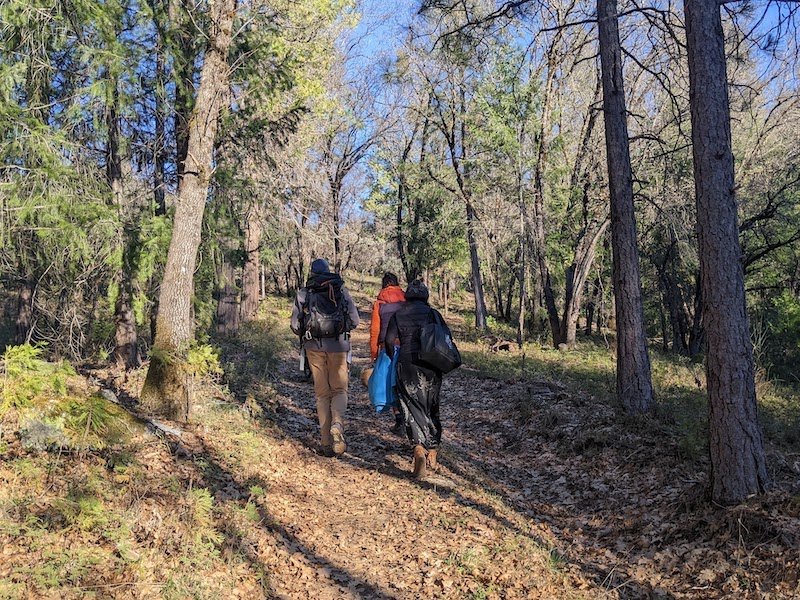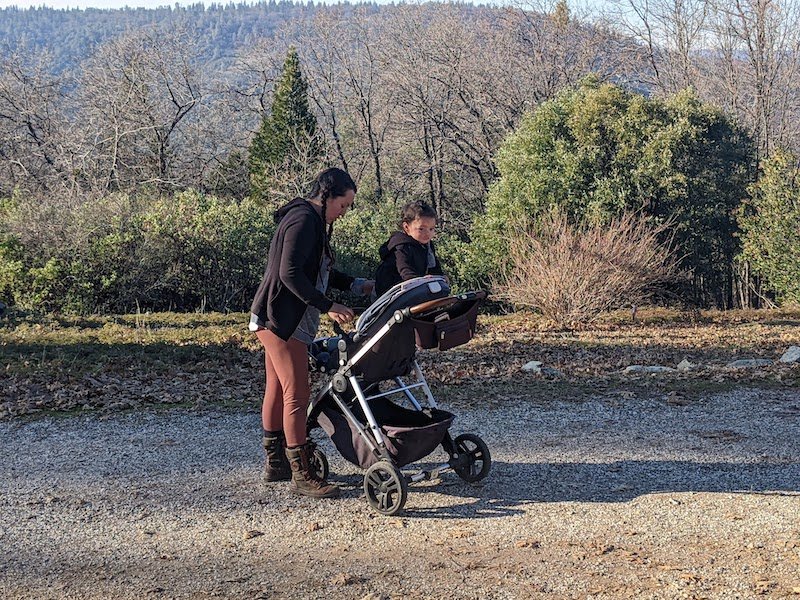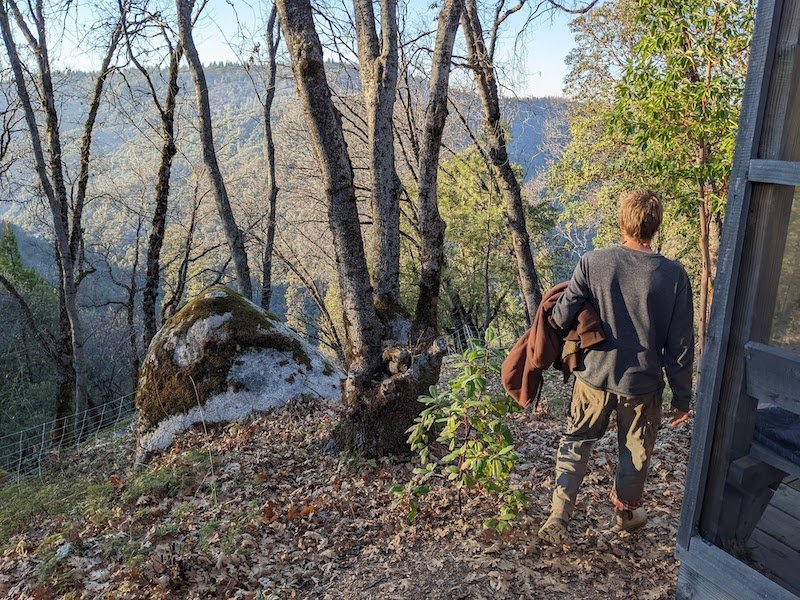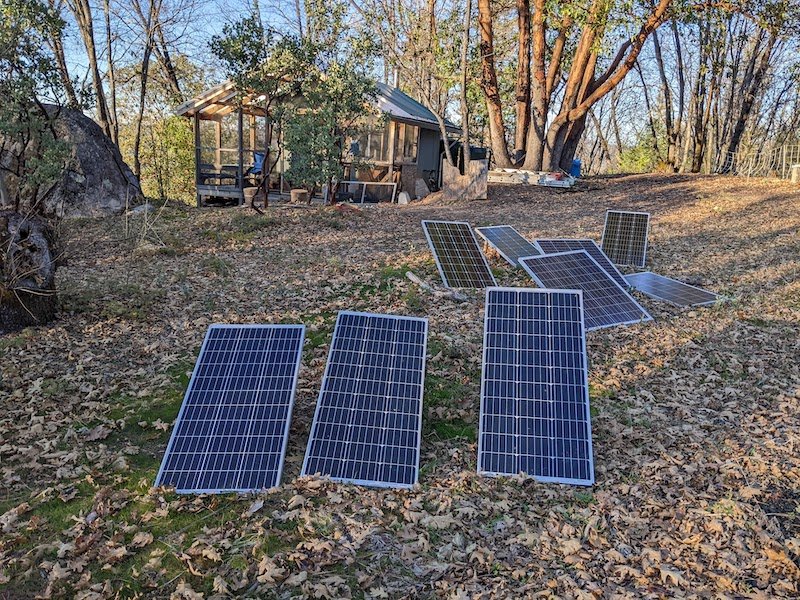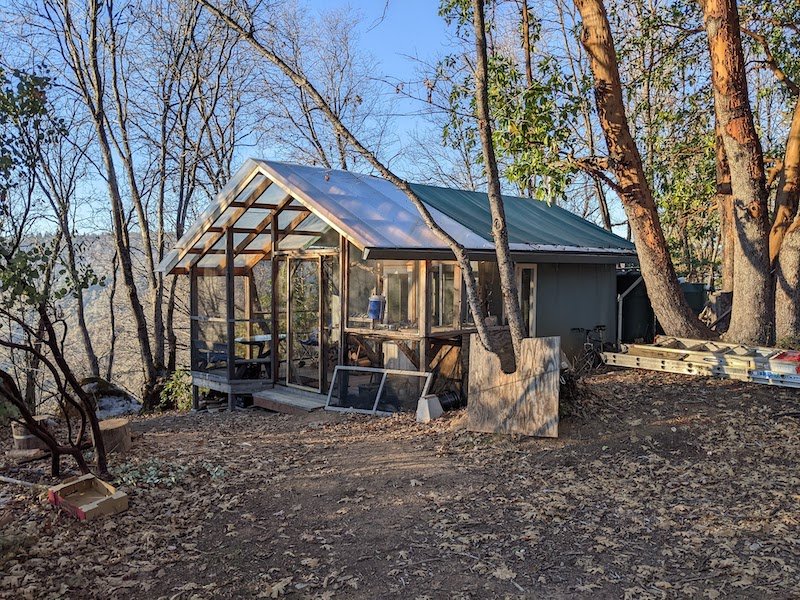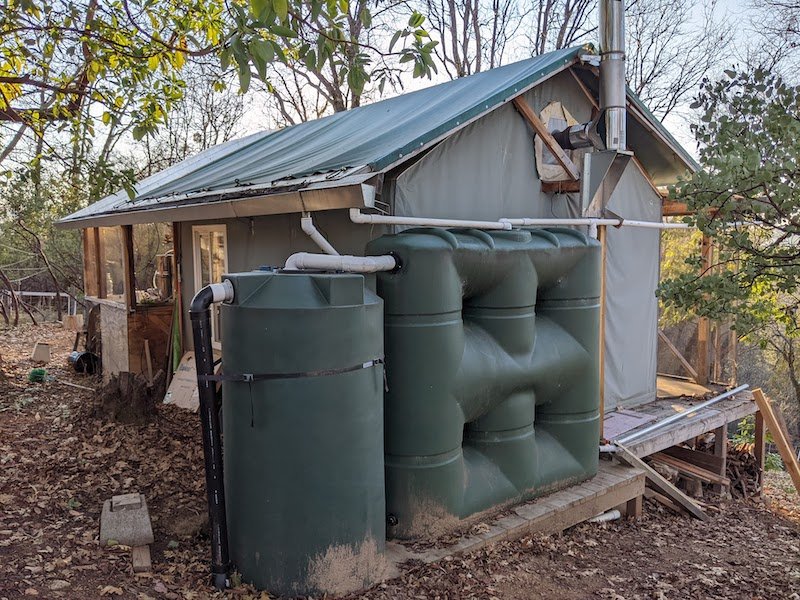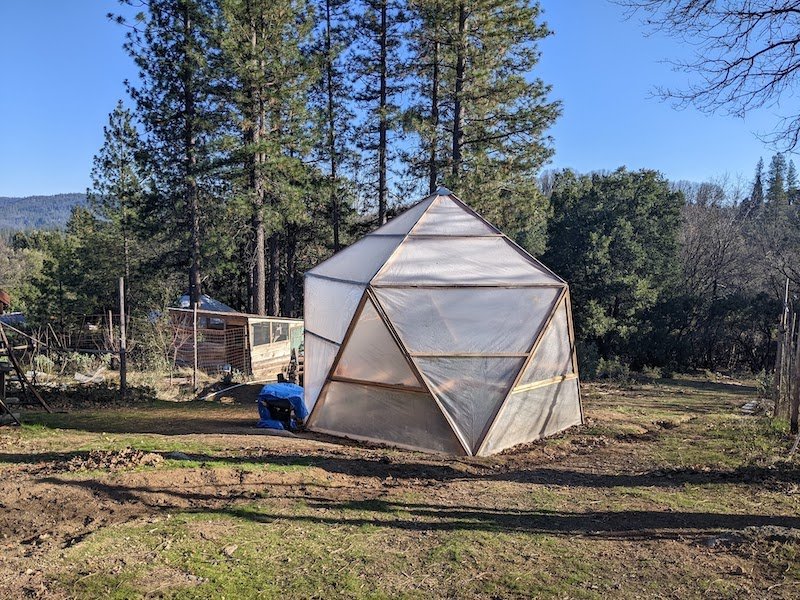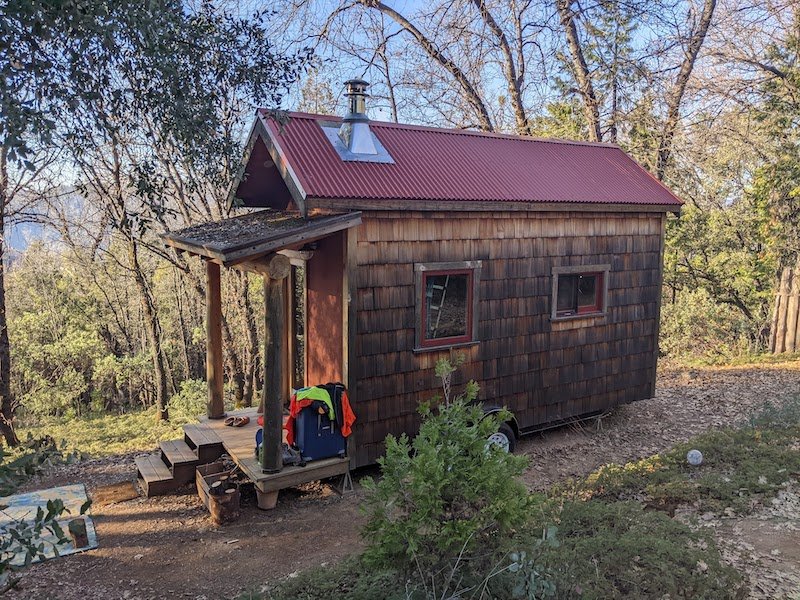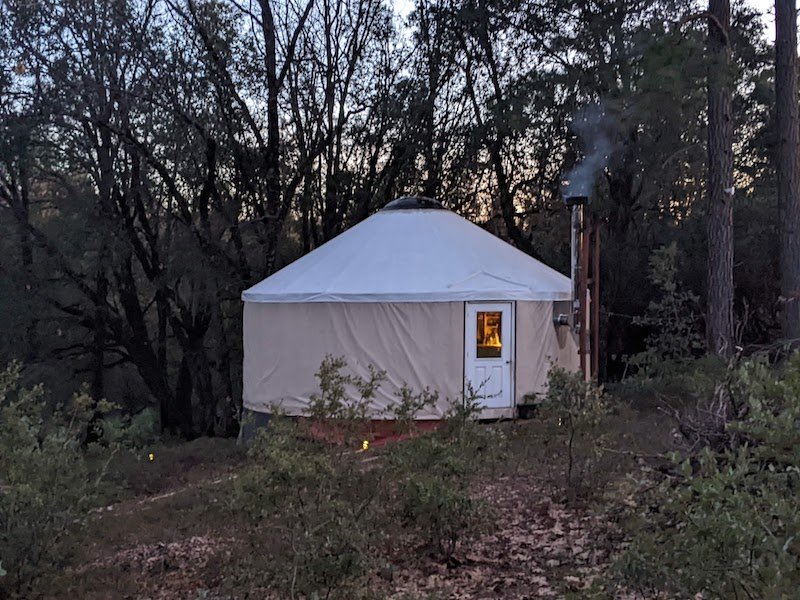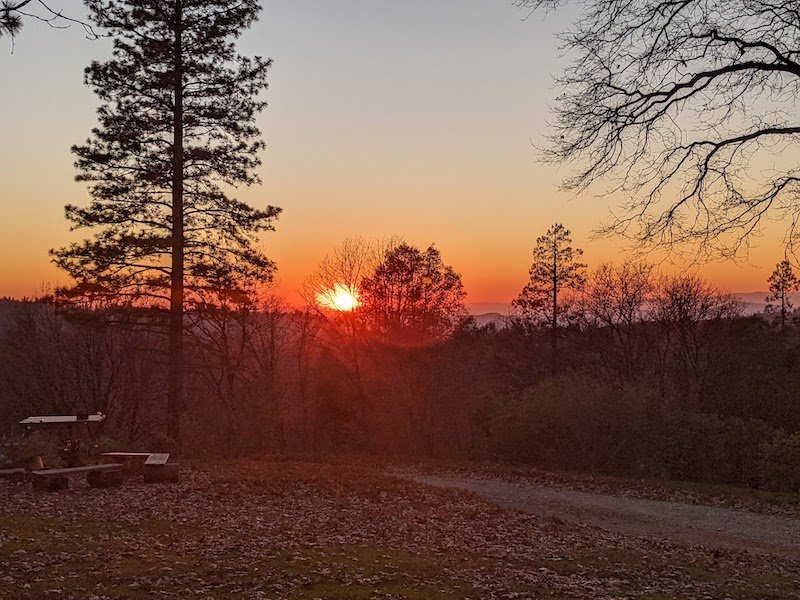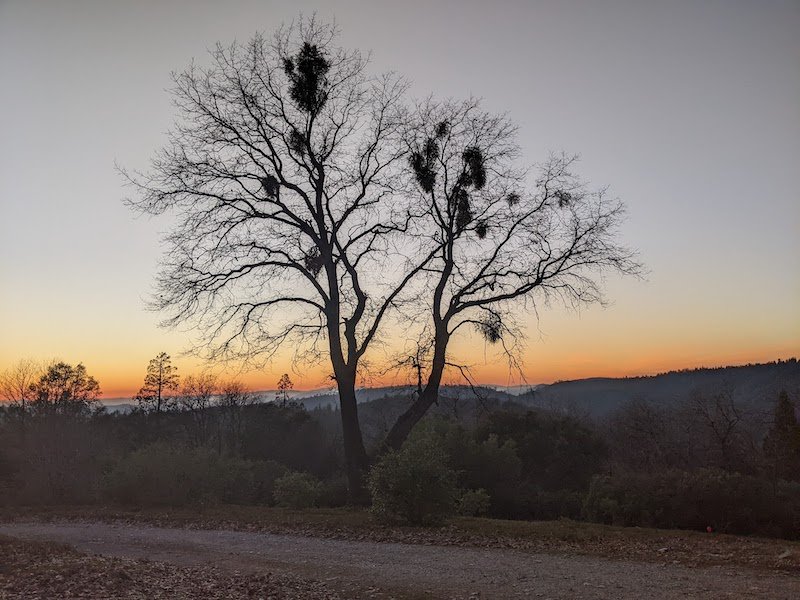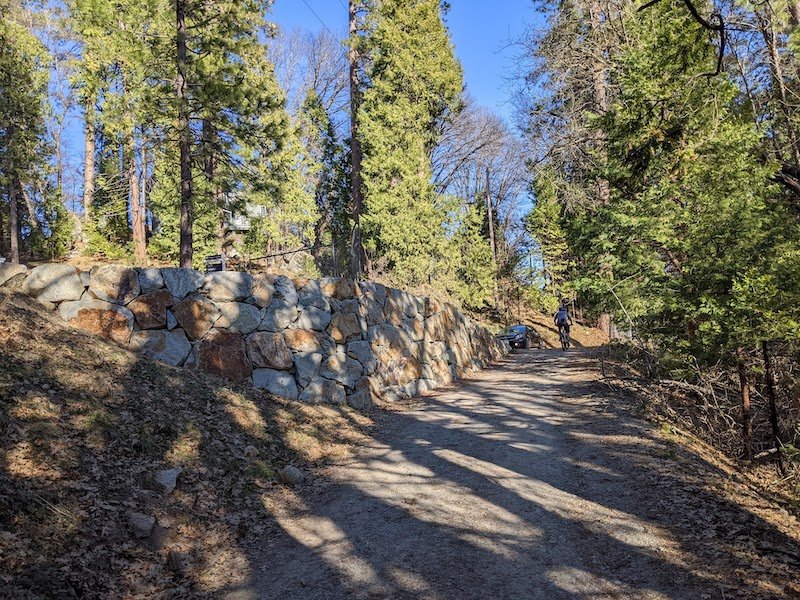The Lickety Splits
Katie, an old tenant of mine, reached out via email to keep in touch as we do from time to time. She and her husband Dave had moved from Vancouver, BC to the Bay Area for four or five years to advance their careers. Once their resumes were fortified they returned to Dave’s hometown of Kelowna, BC where they were able to buy a home of their own. British Columbia isn’t any cheaper than California, but they made various sacrifices, fixed the place up, converted a portion of the house into an Airbnb rental, and got on with it. As far as I can tell they’re reasonably happy with their housing situation.
Lately Katie has been down in Tennessee helping her mom convert the primary bedroom into a rental suite with its own exterior door and kitchenette. That revenue stream now helps to supplement her mom’s retirement situation. There’s talk of transforming an old backyard cabin on the property and possibly even a vintage Airstream travel camper into additional short term rentals. I call these simple, low cost, high yield architectural tweaks the Lickety Splits.
The idea that a normal single family home can be retrofitted to create a studio apartment was completely normal until sometime after World War II. Then a collection of institutional changes were put in place to make such things illegal and culturally unacceptable. We’re now seeing a slow choppy reversion to the mean. But there’s a limit.
Many local jurisdictions are reasonably comfortable with tourists and business travelers coming in, dropping off some cash at various establishments, paying a “hotel” tax, then leaving town. Sure, the zoning regulations and building codes explicitly forbid such things, but with the associated economic value these arrangements bring to the community the rules can bend a bit. This ability to accommodate change is facilitated by well funded corporations that cultivated a significant constituency and value proposition before the authorities even noticed. Government is fundamentally slow and reactive and selectively plays catch-up after the fact.
However, offering these same exact short term lodgings as regular rentals for full time occupancy is a whole different story. The primary tension comes from the expectation of who those year round tenants are likely to be and the impact they’ll have. Who exactly lives in someone else’s spare bedroom, basement, converted garage, or backyard cabin? The answer is often, “No one we want to attract to our neighborhood.” It’s fundamentally about class, revenue, and social control.
Last week I was visiting friends in a small rural town three hours inland from San Francisco. Down the street from their home I noticed a charming well maintained old house with a wee tiny cottage in the back. It was modest, but respectable and functional in every way. Given the historic preservation ordinances in town I’m certain there would be an outcry if the owners tried to tear it down or remodel it away from its original form and character. It's trapped in amber by law. I’m also entirely sure that if this cottage didn’t already exist this same exact structure couldn’t possible be built new given all manner of zoning prohibitions and design review restrictions. Don’t assume this is just a “California” phenomenon. These parameters are pervasive nationwide.
I did a quick check and discovered dozens of Airbnbs like this little cabin all over town, each commanding about $125 per night. I looked up the main house and found the real estate algorithms value the property in the range of $650K. The homes next door and down the block were considerably more expensive. I need to emphasize this is no where near a big city and really far from the employment centers along the coast. This is the kind of town where you bring your money in from someplace else, possibly through a fiber optic cable - which is exactly what’s been happening. If you live here and don’t already have access to real money, you’re in trouble.
Just as I was thinking about the economic and housing implications for the working class in the region I spotted a van parked right out front. I noticed some solar panels and other equipment on the roof so I peeked in the window. There was a bed, a kitchenette, a porta-potty, and a fold down table and chairs. This is the de facto affordable housing that has emerged in response to the complete lack of other options.
Depending on the particulars a second hand Mercedes sprinter van can be bought with very little up front money and a loan that stretches out for six years. A typical monthly payment might be $640. Can you fog a mirror at the dealership? You're approved! The larger culture has made buying a vehicle ridiculously easy and provided a nearly unlimited amount of surface pavement to drive and park on. At the same time buying or renting even the most meager home has been made staggeringly prohibitive.
Living in a vehicle is just as illegal and culturally unacceptable as building genuinely affordable homes. But like a lot of ad hoc and sub rosa situations the rules are sometimes bendy. If the van dwellers are well behaved and generally tolerated by the neighbors it’s possible for the authorities to turn a blind eye. Where else will the cooks, home health care workers, and cleaning staff live? There’s an acute labor shortage these days and if workers are pushed out of town there are real tangible consequences. On the other hand, if the locals decide van dwellers are trash these vehicles can always move on to more receptive areas. That’s another kind of Lickety Split.
While I was in town I looked up another friend I’ve known for four or five years. The last time I saw Anthony and his girlfriend was January of 2020. They came and stayed at my place in Sonoma for a few days and we talked about them renting the property. They’re very kind people and we explored ways we could make the numbers work.
I was willing to offer them a below market rent, but the gap between their budget and a realistic “soft” rent was pretty big. As a landlord I’ve learned to balance a desire to help people with an understanding of an unsustainable situation that’s simply not viable. Landlords are sometimes asked to solve society’s big problems when no one else is willing to budge. This may make people feel better, but it doesn’t resolve the underlying causes and doesn’t create new housing.
They happened to have friends right down the street who were about to be evicted and were in need of housing tout de suite. I invited them over, made a chicken dinner, and we talked about the options. The house was small, but if the two groups shared the cost it could work, especially if we got creative with outbuildings in the half acre garden. In the end it was all too weird and it came to nothing. I never found out what happened to that family, but I often think of them and their dilemma. It’s a common theme these days.
Fast forward to this past weekend in the country. I looked up Anthony and he was exactly as I remembered him. Sweet, industrious, and supper mellow. I followed him to his current place about four miles out of town on a 220 acre property. At times the landscape felt like a giant Japanese painting with delicately twisted trees and moss covered stone outcroppings. He rides his electric cargo bike to and from work and seems pretty happy with his life. He and his lady had an amicable break up a while back and they’re still on good terms so he’s a bachelor again.
We arrived at his place in the woods and he explained the details. At $700 a month this was by far the best rental available anywhere in the area. He had just moved in and was apologetic about the clutter. He hadn’t yet had time to organize things given his work schedule. I was reminded of myself at his age when I lived in similar accommodations. As a middle aged guy I wouldn’t necessarily want to live in a Hippy school bus, but I have fond memories of youth and understand the appeal of living cheaply in an unorthodox manner, particularly in a beautiful location.
Anthony gave me the full treatment and we spent a few hours exploring the property. Down each little path were other homes, many self built on site and others brought in from elsewhere. Some were the work of a series of inhabitants who had come and gone over time leaving behind their contribution. Most were made of wood found right there and milled in place.
There were tiny portable homes perched on hillocks with lovely views of the mountains and forest. There were hand made cob homes embellished with nature themed decorations and living green roofs. And there were more Hippy school buses here and there each with its own peculiar flavor. Wood fired hot tubs were a common amenity.
As we walked we met his neighbors as they went about their day. Electric cargo bikes were the preferred form of transportation. Everyone called the place The Farm which made no sense to me since there were no crops in evidence other than a few veggie plots near some of the homes. And the soil is terrible. It’s all just a thin layer of heavy clay over pure rock. Then I was informed that goats were the big thing in the area. Keeping the brush down was critical for fire safety and nothing was more effective than dairy goats. A pleasant side effect was high quality cheese that people in town paid top dollar for.
One house with an extra special view had been built in stages by a guy who biked in the components one by one. I suspect he had help with the rainwater tanks, wood stove, and solar panels.
Each yurt and mobile mini cabin along the paths induced conflicting feelings. On the one hand, this is an entire catalogue of pragmatic problem solving cost effective solutions that are delivering homes to people who would otherwise not have them. These techniques could be deployed just about anywhere for pennies on the dollar. On the other hand, I know perfectly well not to romanticize these arrangements. If given the option of a proper home at a reasonable price point most of these folks would likely move. And the forest does the heavy lifting as far as masking the unsavory aspects of these homes. Compress the same exact structures onto a parking lot under the freeway in the city and it’s an inhumane disaster.
I also thought about the landlord who owns the 220 acres and collects $700 from each of his dozen or so tenants. Do the math. That’s a pretty good revenue stream with remarkably low overhead. I met him briefly. He seemed like a pleasant person with a desire to help people. He’s doing them a solid. I didn’t get a slumlord vibe from him at all. And yet…
Let’s not forget external reality. The 220 acre site is legally zoned for a grand total of eight homes. That’s 27.5 acres per house. Each home would be required to meet very specific minimum standards. There would need to be engineer stamps, earthquake resistant foundations, soil perk tests for septic leach fields, private wells drilled through granite, long electrical lines stretching from the road at great cost, retention walls, grading and road improvements with associated environmental impact studies to protect streams and vernal pools from sediment and erosion… Each of those theoretical eight homes would have to cost close to a million dollars. Right down the road exactly such homes are under construction on neighboring sites. It’s complicated.
For those of you, dear readers, who ask why people put up with all this nonsense and wonder why folks don’t just pull up stakes and move - be careful what you ask for. These displaced Californians may very well decide to move to your town someday and you’ll have to decide how they should (or shouldn’t) be accommodated. This entire part of the country is one massive forest fire in temporary remission. That’s another Lickety Split waiting to happen. My guess is you won’t be much better at absorbing them than we’ve been when a trickle becomes a flood.
